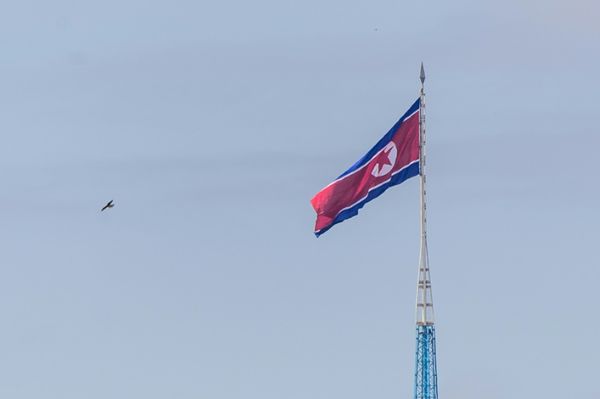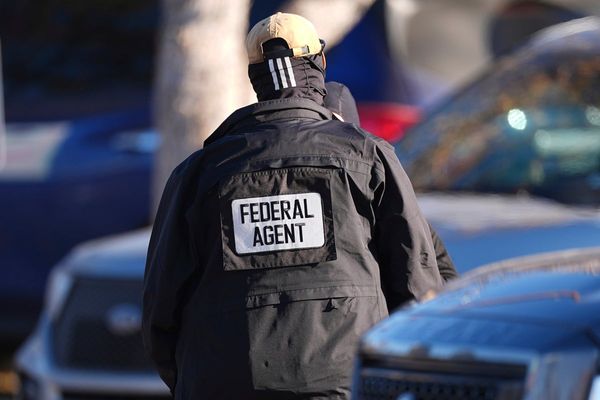
The world’s most endangered seabirds are flying thousands of miles to feed on plastic, reveals new research.
Petrels are visiting remote pollution hotspots in the middle of the ocean – mistaking junk for food.
The first study of its kind shows marine debris threatens life on a scale that transcends national boundaries.
Vast accumulations of plastics form, fed by waste entering the sea from boats and from many different countries.
“We found that many species of petrel spend considerable amounts of time feeding around these mid-ocean gyres, which puts them at high risk of ingesting plastic debris.
Anthropogenic alterations on land and at sea have led to poor conservation status. Main threats include invasive species at breeding grounds, bycatch, overfishing, light pollution, climate change – and plastic pollution.
Scientists combined tracking data and overlaid it onto global maps of plastic distribution in the oceans. The project is unprecedented.

Seabirds often mistake small plastic fragments for food or ingest plastic that has already been eaten by their prey.
This can lead to injury, poisoning and starvation, and petrels are particularly vulnerable because they can’t easily regurgitate the plastic.
In the breeding season they often inadvertently feed plastic to their chicks. Plastics can also contain toxic chemicals that can be harmful.
Petrels play a key role in oceanic food webs. The breadth of their distribution across the whole ocean makes them important ‘sentinel species’ – harbingers of danger to the environment.
Exposure to plastics may reduce the birds’ resilience to other threats – such as predation by mice and rats.
The northeast Pacific, South Atlantic and the southwest Indian oceans have mid-ocean gyres full of plastic waste, where many species of threatened seabird forage.
Co-corresponding author Dr. Bethany Clark, of BirdLife International, said: “Even species with low exposure risk have been found to eat plastic.
“This shows that plastic levels in the ocean are a problem for seabirds worldwide, even outside of these high exposure areas.
“Many petrel species risk exposure to plastic in the waters of several countries and the high seas during their migrations.
The study in Nature Communications also found the Mediterranean Sea and the Black Sea together account for over half of petrels’ global plastic exposure risk. But only four species forage in these enclosed, busy areas.
Produced in association with SWNS Talker







